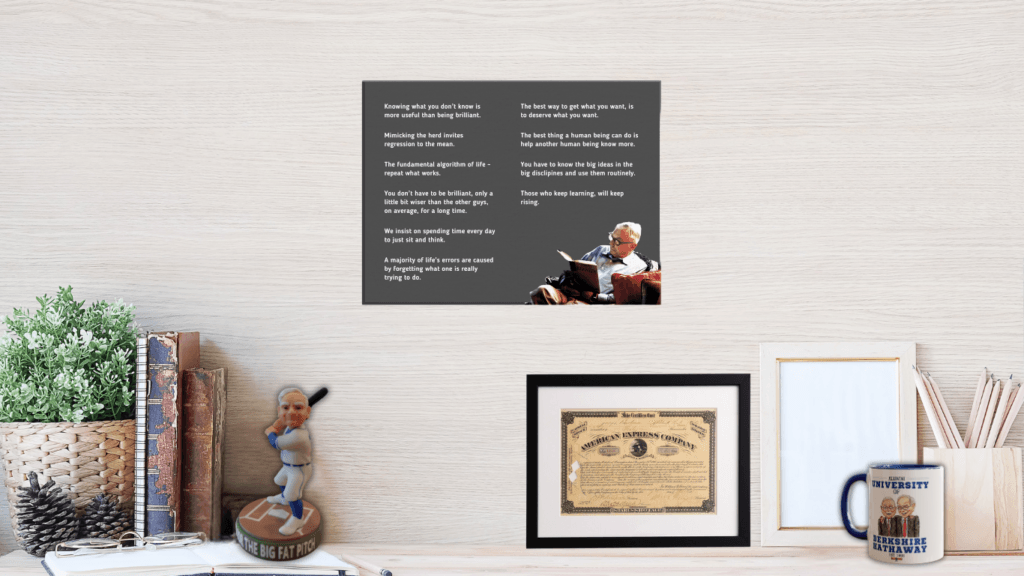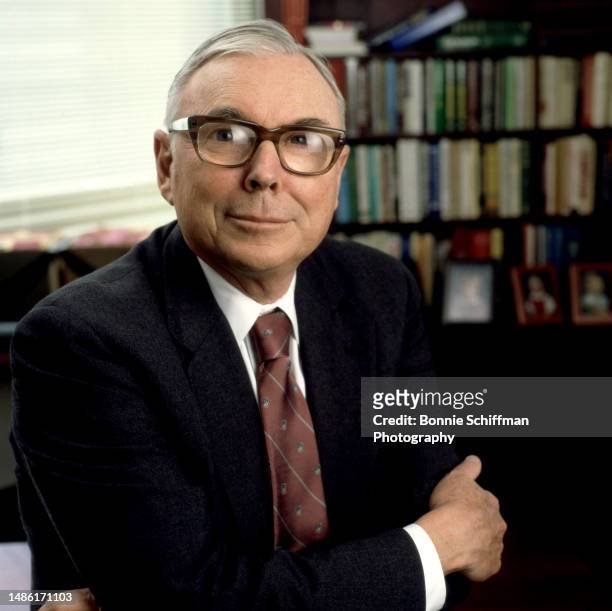From Mazda to Maserati: The Magic of Compounding in Life and Investing
“Play iterated games. All the returns in life, whether in wealth, relationships, or knowledge, come from compound interest. “– Naval Ravikant
I was first introduced to the concept of compound interest in school. I never thought too much about it back then, except that saving money would earn me more interest and make my money grow.
Through my study of business and investing, I see the concept ‘compounding’ come up so many times. I am starting to realise how powerful, unintuitive, underestimated, and far-reaching it is in areas of life beyond just finance. And its fuel is consistency, time and patience. Let’s unpeel the layers to understand why.
Understanding Compound Interest
What is compound interest? In simple terms, let’s say in year one you deposit $100 dollars in your bank account, the bank pays you 5% interest on your savings (i.e.$5). The next year it pays you interest on $105 (i.e $100 dollar deposit plus year one interest). Hence, the base amount eligible for interest keeps growing every year.
The two variables of compounding are the rate of return and time. While a higher rate of return is better than a low return, compounding works even when the rate of return is not optimal. E.g. 15% return over 30 years works out to be much better than 30% over 15 years, because time is a key variable.
Albert Einstein said compound interest is the eighth natural wonder of the world and the most powerful thing in the world. Why did he call it the most powerful thing in the world? We oftentimes assume something is powerful because we can tangibly experience progress. However compounding is not tangible, it is a force that works invisibly and quietly. Allow me to share three stories that really illustrated to me the power of compounding

The Stories of Compounding
Once upon a time, there lived a king who was a war enthusiast. He asked a sage to build a war game. The sage developed a game of chess. The king loved it, and granted the sage a wish. The sage promptly asked for just one grain of rice on the first square of the chessboard, which doubles at each of the following squares, i.e., two grains on the second, four grains on the third square and so on, until all 64 squares were filled. The king was baffled that the sage asked for such a simple request and happily granted it.. A week later the king was informed that this request could not be fulfilled because their kingdom did not have the required 9,223,372 trillion grains of rice. Isn’t that mind boggling! I never would have guessed this answer. Compounding is indeed a powerful force.
Two. Would you take a million dollars today or the outcome of a penny that double itself for 30 days? If you correctly answer was the latter, what’s your guess of the value of this magical penny after 30 days?
It’s 5.3 million dollars. The interesting thing is that value of the penny was only $5 after 10 days and only $5,243 after 20 days. How did it magically get to $5.3 million after 30 days? That’s compounding doing its magic!
Three. In 1941, when Warren Buffett was eleven years old, he figured out the magic of compounding. And he paired that with ideas to make money, when he read the book ‘One Thousand Ways to Make $1,000’ by Frances Minaker. Buffett realised that if he could make $1000 dollars and compound it at a high rate of return, he would be a millionaire in his early thirties. Although he didn’t yet know how to compound money at a high return, he knew he had time on his side for compounding to work its magic.
Buffett indeed become a millionaire in his thirties but he didn’t want to stop there. He enjoyed the compounding game and kept going at it. He’s compounded his wealth at 20% per annum for more than 80 years and has an astonishing net worth of $120 billion today.
Compounding is slow and invisible. There is no instant gratification. Nothing notable happens for a long period of time. It feels like you are watching water cut through rock.
To illustrate, let’s plot the compounded returns from the above stories on a graph:

The above graphs have a similar trajectory, but two things surprised me here: the length of flatness of the line, and the steep climb thereafter. The initial growth is frustratingly slow, almost non-existent during the early period. But if you persist for long enough, you hit a tipping point, beyond which the returns accelerate and snowball. Said differently, most of the benefits come at the end, hence it is difficult to see the benefits upfront.
While Buffett compounded his wealth for more than 80 years, he earned more than 99% of his $100 billion fortune after the age of 50. As author Morgan Housel aptly explains in his wonderful book ‘Psychology of Money’, “Buffett’s skill is investing, but his secret is time.”
Coffee Mug with Charlie Munger Quote on Compounding
Compounding is not intuitive. As you see from the above stories, the outcomes were hard to estimate. My mind draws a blank when I try to calculate 8 to the power of 8 in my head, whereas 8 times 8 is easier to calculate.
Compounding is also excruciatingly slow, hence we might underestimate its power in the short term. And because of this delayed, invisible gratification, patience is critical in order to reap the benefits of compounding.
Outside of finance, the power of compounding is the idea that the return on effort can grow exponentially over time, depending on how consistent you are and how long you can keep hustling for.
Applications Beyond Finance
The power of compounding applies to multiple areas of life, not just finance – Fitness compounds. Goodwill compounds. Relationships compound. Audiences compound. Knowledge compounds too.
Athletes train every day. They don’t usually aim for their personal best in each training session. Instead, they focus on making small incremental gains every day over a long period of time. For example, soccer players hit their peak when they are around eighteen years old, but they start training at eight years old. By eighteen, they have already surpassed 10,000 hours. Skill and luck matter too, but even the most talented player has to train every single day and do the hard yards.
Compounding of Goodwill
Investor and author Guy Spier has championed the idea of compounding of goodwill. Over a decade, he sent out gifts or ‘thank you’ notes to express gratitude towards the people he came across. And he did that consistently, sending 3 notes per day, 5 days a week. It was his way of saying ‘I like you, and I value you.’ Guy was ridiculed by his friends and colleagues for this habit, but it’s benefited him immensely. He attributes a lot of good things that happened to him, including meeting some key people, as the direct result of compounding of human goodwill.
Guy built goodwill by giving, and thinking about what he can do for others. In doing that, he created a network of people who wish him well and want to help him. There is a quote from Guy that packages this idea nicely – “There is an extraordinarily powerful effect of compounding goodwill by being a giver, not a taker. The paradox is that you end up receiving infinitely more in life by giving than by taking.”
Compounding of Relationships
I am sure we have all experienced the compounding of relationships in one way or another. Be it family, friends, colleagues, customers, etc. If you nurture a deep relationship with someone for years, there is more trust, more comfort, more affection in that relationship.
Angel Investor and thought leader Naval Ravikant has a good quote on this. “If I’m doing a deal with someone I’ve worked with for 20 years and there is mutual trust, we don’t even need to create legal contracts; maybe we can do it with a handshake. It’s better to have a few compounding relationships than many shallow, non-compounding relationships. “
Audiences compound as well. Fans will bring in other fans to create a virtuous cycle.
Compounding of Knowledge
Knowledge compounds too. The more you learn about a subject, the easier it gets to learn more about it. Deep learning enables conceptual clarity, which in turn allows you to break down complex topics. A study of history unlocks our ability to recognise patterns and behaviours that mere observation cannot. And if we can study different fields such as science, mathematics, psychology, finance and join the connections between its key ideas, the combined knowledge can lead to exponential benefits.
Warren Buffett and Charlie Munger’s wisdom is knowledge compounded over decades of learning.
When you start seeing the world through the lens of the mental model of compounding, you notice its presence more regularly.
Compounding is also a natural phenomenon. The growth of trees, the formation of mountains, ice ages, the exponential growth of organisms and life on our planet; these are examples of compounding at play.
Compounding is powerful, and it works when its two secret ingredients are at play, consistency and long timeframes.
Good ideas need reminding, As Charlie Munger says, “take a simple idea, and take it seriously.” I remind myself to take the power of compounding seriously. In doing that, If I can compound until I reach a tiny little fraction of Buffett’s wealth, that Maserati might be a bit more within reach (wink wink!).
If you like this post, we would love it if you share this with a friend.
Subscribe below for more insights, mental models and stories on business and investing.







